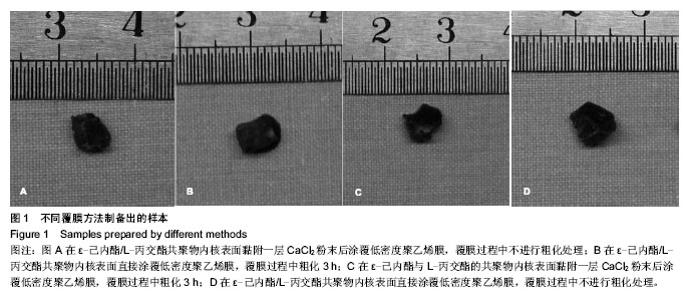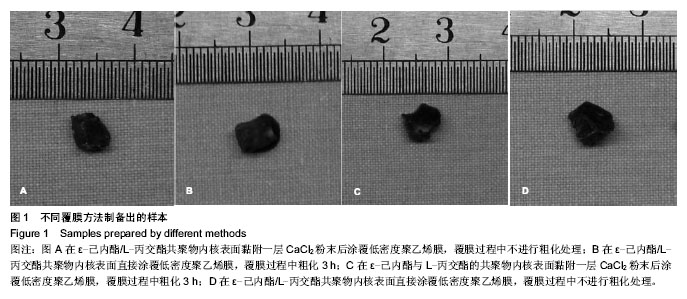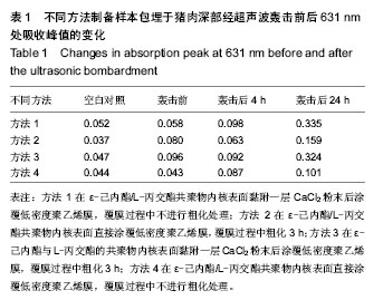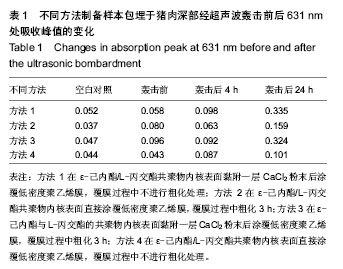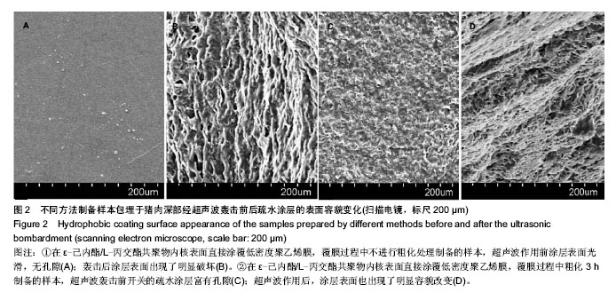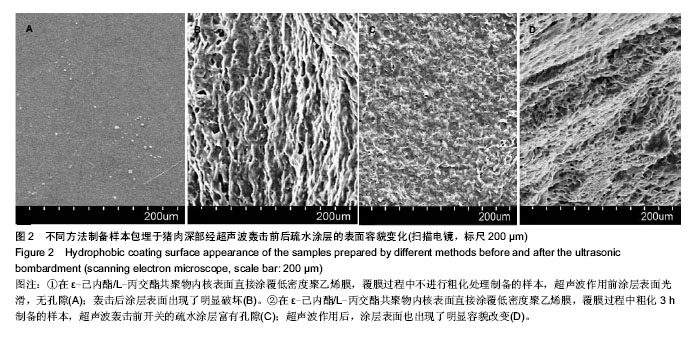| [1] Kearon C.Natural History of Venous Thromboembolism. Circulation.2003;107(23 Suppl 1):1-22.
[2] Murin S,Romano PS,White RH.Comparison of outcomes after hospitalization for deep venous thrombosis or pulmonary embolism.Thromb Haemost. 2002;88(3):407-414.
[3] Douketis JD,Kearon C,Bates S,et al.Risk of fatal pulmonary embolism in patients with treated venous thromboembolism. JAMA.1998;279(6):458-462.
[4] Athanasoulis CA,Kaufman JA,Halpern EF,et al.Inferior vena caval filters: review of a 26-year single-center clinical experience. Radiology.2000;216(1):54-66.
[5] Streiff MB.Vena caval filters: a comprehensive review. Blood. 2000;95(12):3669-3677.
[6] Greenfield LJ,Proctor MC.The percutaneous Greenfield filter: outcomes and practice patterns.J Vasc Surg. 2000;32(5): 888-893.
[7] Rosenthal D,Wellons ED,Lai KM,et al.Retrievable inferior vena cava filters: initial clinical results.Ann Vasc Surg. 2006; 20(1):157-165.
[8] Stavropoulos SW.Inferior Vena Cava Filters.Tech Vasc Intervent Radiol.2004;7:91-95.
[9] Schleich JM,Morla O,Laurent M,et al.Long-term follow-up of percutaneous vena cava filters: a prospective study in 100 consecutive patients.Eur J Vasc Endovasc Surg. 2001;21: 450-457.
[10] Kirilcuk NN,Herget EJ,Dicker RA,et al.Are temporary inferior vena cava filters really temporary? Am J Surg. 2005;190: 858-863.
[11] Grande WJ,Trerotola SO,Reilly PM,et al.Experience with the recovery filter as a retrievable inferior vena cava filter.J Vasc Interv Radiol.2005;16(9):1189-1193.
[12] Garcia ML,Burgos J,Sanz B.Effect of heat and ultrasonic waves on the survival of two strains of Bacillus subtilis.Appl Bacteriol.1989; 67:619-628.
[13] Sams AR,Feria R.Microbial effects of ultrasonication of broiler drumstick skin.J Food Sci.1991;56(1):247-248.
[14] Scherba G,Weigel RM,O'Brien WD Jr.Quantitative assessment of the germicidal efficacy of ultrasonic energy. Appl Environ Microbiol.1991;57(7):2079-2084.
[15] Wrigley DM,Llorca NG.Decrease of Salmonella typhimurium in skim milk and egg by heat and ultrasonic wave treatment. Food Protect.1992;55:678-680.
[16] Gale GW,BusnainaAA.Removal of particulate contaminants using ultrasonics and megasonics: a review.Part Sci Technol. 1995;13:197-211.
[17] Mason TJ,Paniwnyk L,Lorimer JP.The uses of ultrasound in food technology. Ultrasonics Sonochem.1996;3:S253-S260.
[18] Floros JD,Liang H.Acoustically assisted diffusion through membranes and biomaterials.Food Technol.1994;12:79-84.
[19] Kuijpers MWA,Kemmere MF,Keurentjes JTF. Ultrasound-induced radical polymerization. In Encyclopedia of Polymer Science and Technology; John Wiley and Sons: New York,2004.
[20] 高喜翔,张建,陈兵,等. ε-己内酯与L-丙交酯共聚物降解性能及其生物相容性[J].中国组织工程研究与临床康复,2010,14(47): 8791-8794.
[21] Marmottant P,Hilgenfeldt S.Controlled vesicle deformation and lysis by single oscillating bubbles. Nature. 2003; 423 (6936):153-156.
[22] Madersbacher S,Marberger M.High-energy shockwaves and extracorporeal high-intensity focused ultrasound.J Endourol. 2003;17(8):667-672.
[23] May DJ,Allen JS,Ferrara KW.Dynamics and fragmentation of thick-shelled microbubbles.IEEE Trans Ultrason Ferroelectr Freq Control. 2002;49(10):1400-1410.
[24] Allen JS,Kruse DE,Dayton PA,et al.Effect of coupled oscillations on microbubble behavior.J Acoust Soc Am. 2003;114(3):1678-1690.
[25] Sundaram J,Mellein BR,Mitragotri S.An experimental and theoretical analysis of ultrasound-induced permeabilization of cell membranes.Biophys J. 2003;84(5):3087-3101. |
